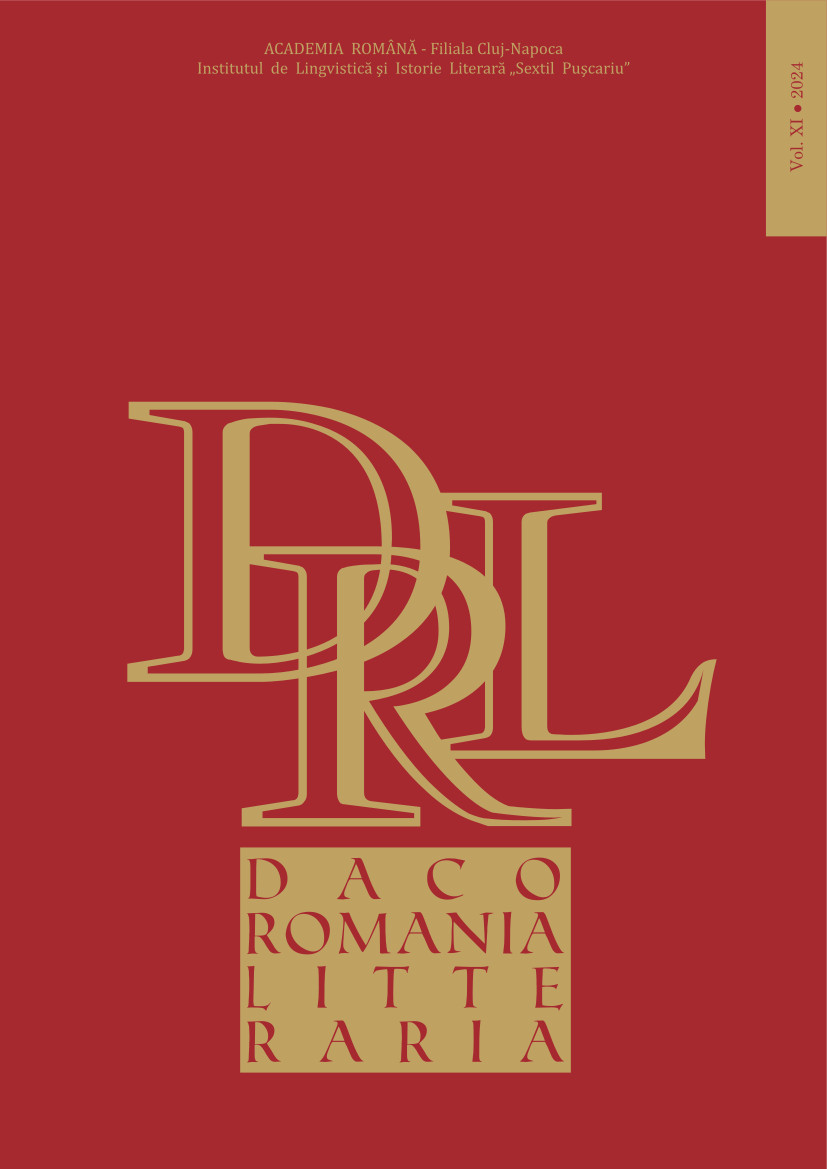
TRANSLATION OF PAREMIOLOGICAL UNITS RELATED TO THE CONCEPT “WEALTH”
The wisdom and essence of a nation are often reflected in paremiological units. Exploring them not only enhances language proficiency but also provides deeper insight into the mindset and character of people. Proverbs and sayings capture a nation's historical experiences, way of thinking, daily life, and cultural values, representing its unique national and cultural identity. By analyzing and comparing English and Romanian proverbs and sayings related to “wealth”, we can broaden our linguistic knowledge, gain insights into historical events and traditions of both cultures, appreciate folk wisdom, and embrace common human values.The selected paremiological units (60) are grouped according to the ways of their translation. The received data show that 60 % of the analyzed proverbs are rendered by analogue translation, 25 % - by equivalents, 6, 7 % - by antonymic translation, 5 % - by descriptive translation, 1, 3 % - by loan translation. The paremiological unists related to wealth are classified semantically into 7 groups: “The positive role of wealth”, “Wealth is bestowed by God” “The secondary role of wealth in human life”, “Wealth acquired in a dishonest way”, “The harmful effect of wealth on people”, “Wealth can easily be lost”, “Wealth brings worries”.The evaluative characteristics of wealth in both languages have common characteristics. Among the coinciding characteristics: negative - greed, haste, non-compliance with laws, lack of moral principles; positive - absence of such qualities as greed, motivation to activity, happy family, health, good fame and honor, lacking fear of loss of material possessions.
More...
